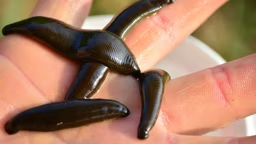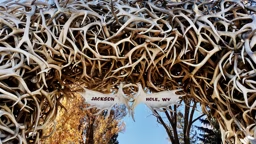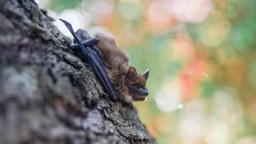Not all bird feeders are created equal. Whether you hope to attract songbirds, hummingbirds – or even squirrels! – your choice of feeder can be the difference between a barren back yard and a songbird buffet. Here’s a look at today’s most popular feeder types.
Hopper feeders: These traditional feeders are loved by birding enthusiasts because of their simplicity and large capacity. Hopper feeders are gravity fed, so birds can eat until the hopper is empty.
Tube feeders: Versatile and convenient, both small- and large-hole tube feeders are easy to refill and clean. Most feeder birds will use a tube feeder. Consider, however, the size of the perches and the size of the seed mix being used when purchasing these feeders. Larger seeds, nuts and fruits will not fit through a small-hole tube feeder.
Platform feeders: These tray-like feeders allow you to attract a variety of birds such as cardinals, jays, mourning doves and grosbeaks. A platform feeder should have a large feeding area and a 1-inch rim that prevents spilling. Squirrels also will love your platform feeder, and it may help to keep them away from your smaller feeders.
Mesh feeders: These are used for dispensing larger seeds; small seeds will pour through it. Mesh feeders are meant for woodpeckers, chickadees and other birds that cling. These feeders prevent squirrels and larger birds from feeding.
Look for feeders that are easy to clean and that drain properly.
For an alternative way of feeding birds, consider block feeders and suet blocks, both made for easy and safe dispensing of bird food in block form, and finch socks. Suet is great for winter feeding because it provides a high fat content for the birds when conditions are harsh.
Combine the right feeder with the right wild bird food and you’ll be enjoying a yard full of birds before you know it.
To find out more, visit Cornell University’s Project FeederWatch Web site at www.birds.cornell.edu/pfw.










